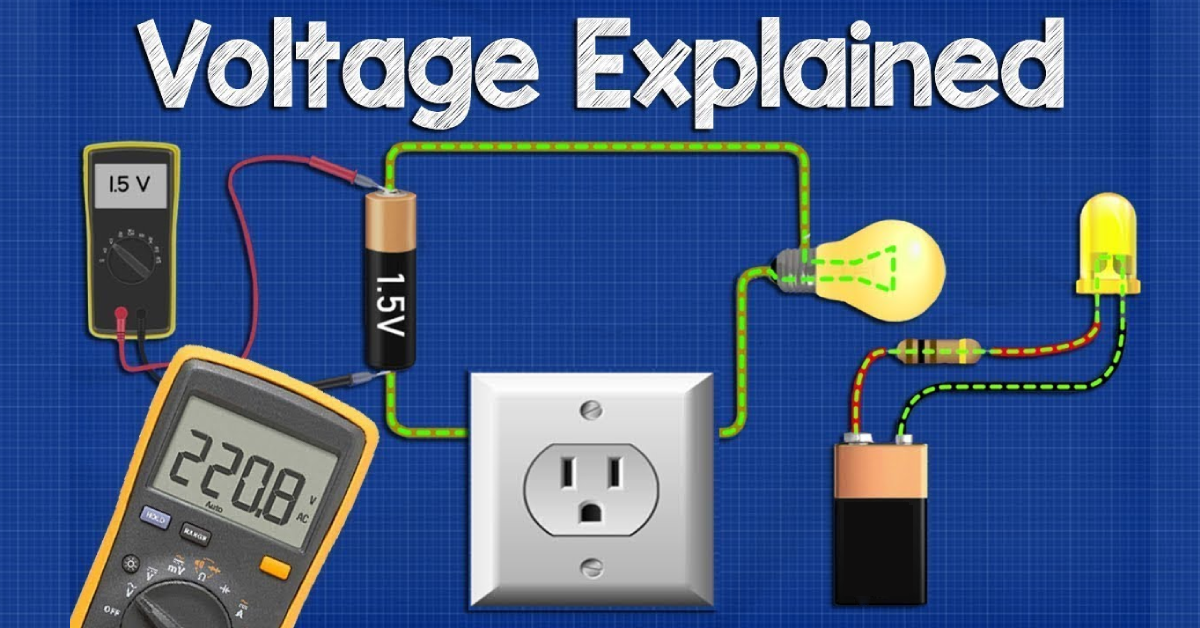

I often get asked about the relationship between Volts, Amps, Ohms and Power so this week I thought I would cover just that. This relationship is defined by ohms law.
The symbols and abbreviations used are as follows:-
V = Voltage, measured in volts
R = Resistance, measured in ohms
I = Current measured in amps
P = Power measured in watts
mA = milliAmps. 1000mA = 1 Amp
Ohms law states that Voltage = Current multiplied by Resistance ie V=IxR This can also be stated as Voltage divided by resistance equals current ie V÷R=I
This means that if we know the voltage and the resistance we can calculate the current draw of a device. For example, we have a 12v supply driving an electric strike with a coil resistance of 50 ohms and need to know the current draw.
In this example:-
V = 12 and R = 50 so our equation can be written as 12÷50=0.24. Therefore the electric strike will draw 240mA.
Another common application of ohms law is in power calculations. The equation for power states Power = Current multiplied by Voltage ie P=IxV. This can also be stated as Power divided by Voltage = Current ie P÷V=I
Using the above information we can calculate the current draw of a device, like a camera, if we know its Power consumption (Watts) and supply voltage. A typical figure for a camera is 3 Watts.
Assuming our supply voltage is 12v then the camera will draw 3(W) ÷ 12(V)=0.25A, or as it is more commonly written 250mA.
Considering our above lock example its power requirement is 0.24A x 12v = 2.88 Watts.